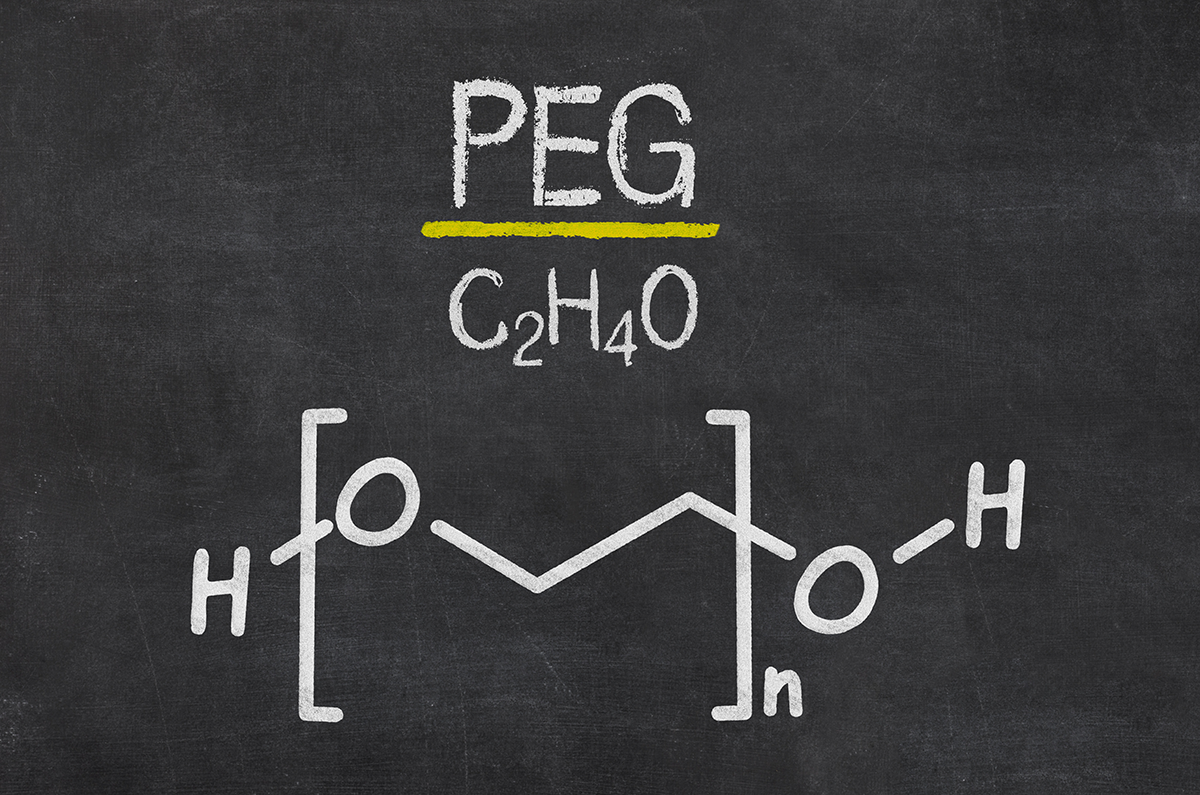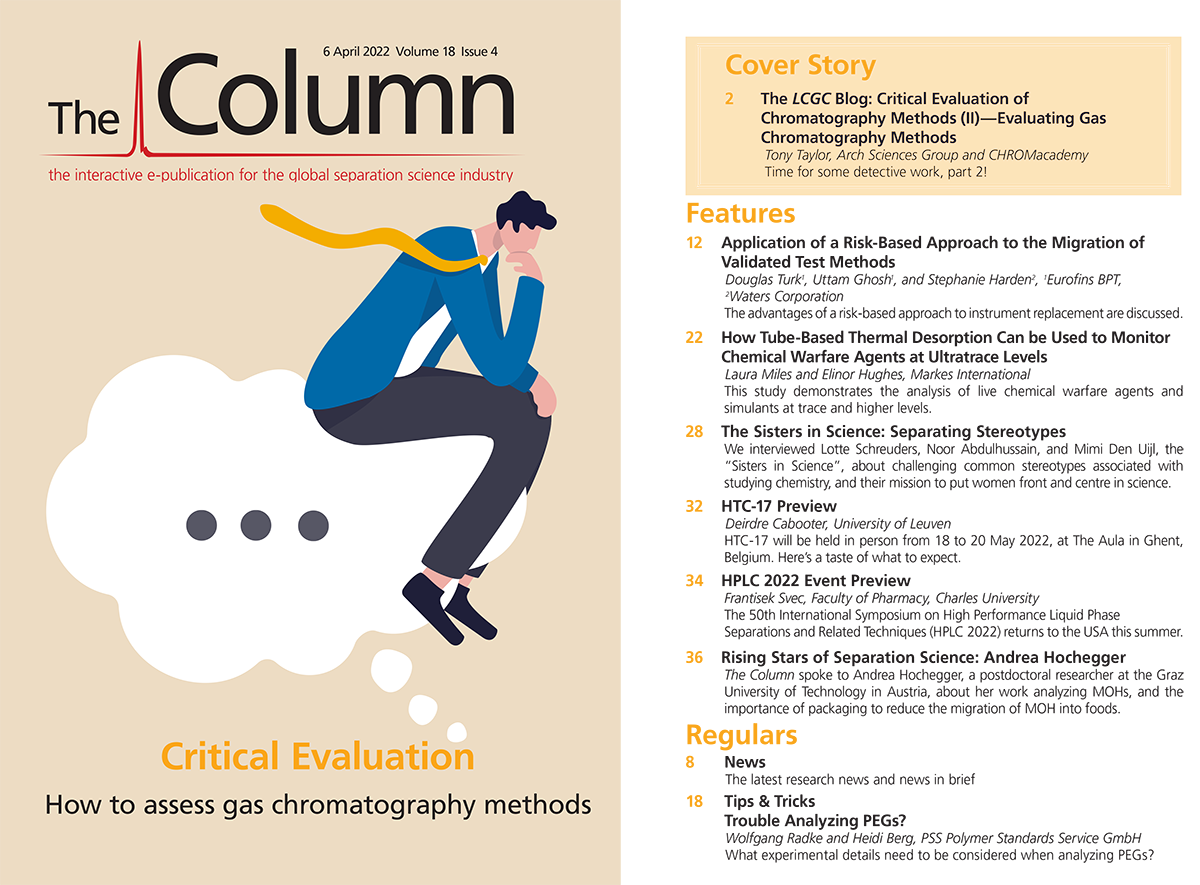ChromSoc 2022 Martin and Jubilee Medal Winners
The Chromatographic Society (ChromSoc) have announced the winners of their 2022 Martin Medal and Jubilee Medals as Luigi Mondello, University of Messina, Italy, Sebastiaan Eeltink, Free University of Brussels, Belgium, and Martin Gilar, Waters Corporation, Massachusetts, USA, respectively.
“The Chromatographic Society is delighted to be able to acknowledge the work of these eminent scientists and the impact they are having in the field of separation science!,” said Tony Edge, President of The Chromatographic Society (ChromSoc).
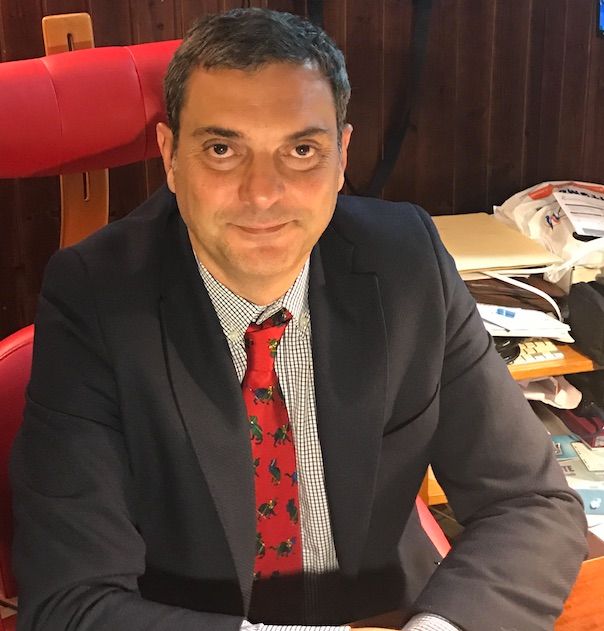
The Martin Medal is named after Professor A.J.P. Martin who, together with Richard Synge, received the Nobel Prize for Chemistry in 1952 for their seminal work on partition chromatography. The award represents the highest honour that the Chromatographic Society confers. The award has been made in recognition of Luigi Mondello’s enormous contribution to high‑resolution chromatography techniques, as well as the development of hyphenated and multidimensional “comprehensive” techniques, applying them to the study of naturally complex matrices. He is the author of over 500 publications and the editor/co‑editor of many prominent chromatography books. His work in the organization of chromatographic symposia is also notable, with the International Symposium on Capillary Chromatography (ISCC) being inextricably linked to his name. He has also been involved with numerous other symposia including many in South America. Indeed, Mondello’s commitment to sharing his scientific knowledge has led to him amassing a total of 841 conference presentations, and guiding many students and collaborators towards positions of seniority within the field.
Luigi Mondello was proud to be awarded the Martin Medal and told LCGC Europe: “I feel immense pleasure and pride to get this honour from the prestigious The Chromatographic Society. The seminal work conducted by Professor Martin has profoundly inspired my work since the early stages of my career, and this award represents a mark of acknowledgement bestowed for my efforts in the field of high-resolution and multidimensional chromatography. This achievement will further motivate my future work and is also a chance to preface my feelings of gratitude to those who supported me through this journey.”
The Jubilee Medal was created in 1982 to mark the 25th anniversary of The Chromatographic Society, with the intention of recognizing up-and-coming separation scientists who have made major use of separation science in their own field or important contributions to a particular area of separations science. This year the society has decided to announce two winners.
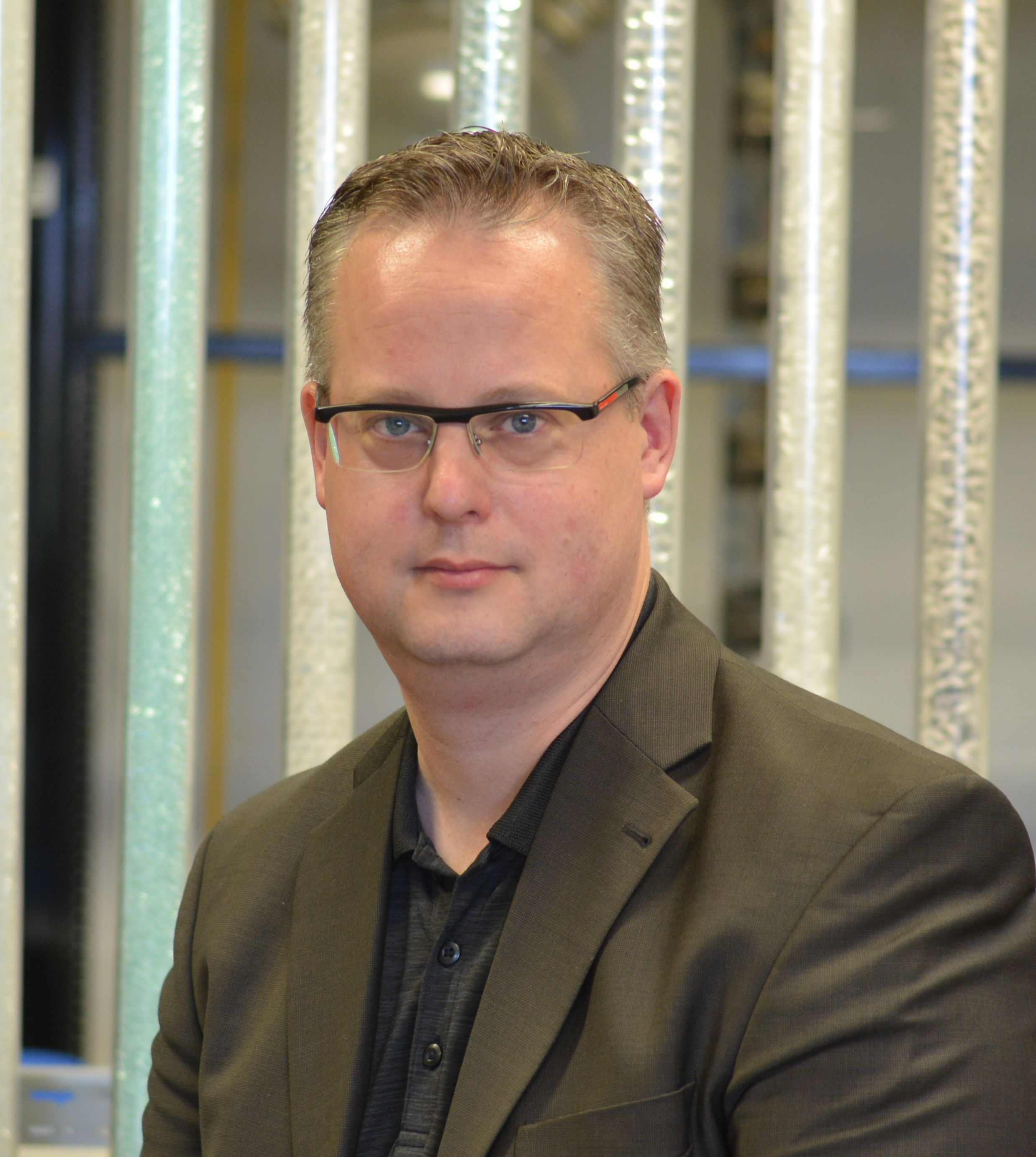
Sebastiaan Eeltink was awarded the medal in recognition of his ability to apply his theoretical knowledge to the design and manufacture of highly novel technology. His laboratory focuses on the design, development, and application of modern analytics for high-resolution profiling of biomolecules, which has led to three patent applications for spatial three‑dimensional liquid chromatography and more than 100 scientific publications on which he is first or senior author.
Upon receiving the award Eeltink praised his colleagues stating: “This award is in fact a recognition for teamwork driven by many postdocs and PhD students working in my team since 2010.”
Further to his research, Eeltink also has a strong academic record and currently holds a position at the Department of Chemical Engineering at the Free University of Brussels, where he teaches courses in the field of separation sciences.
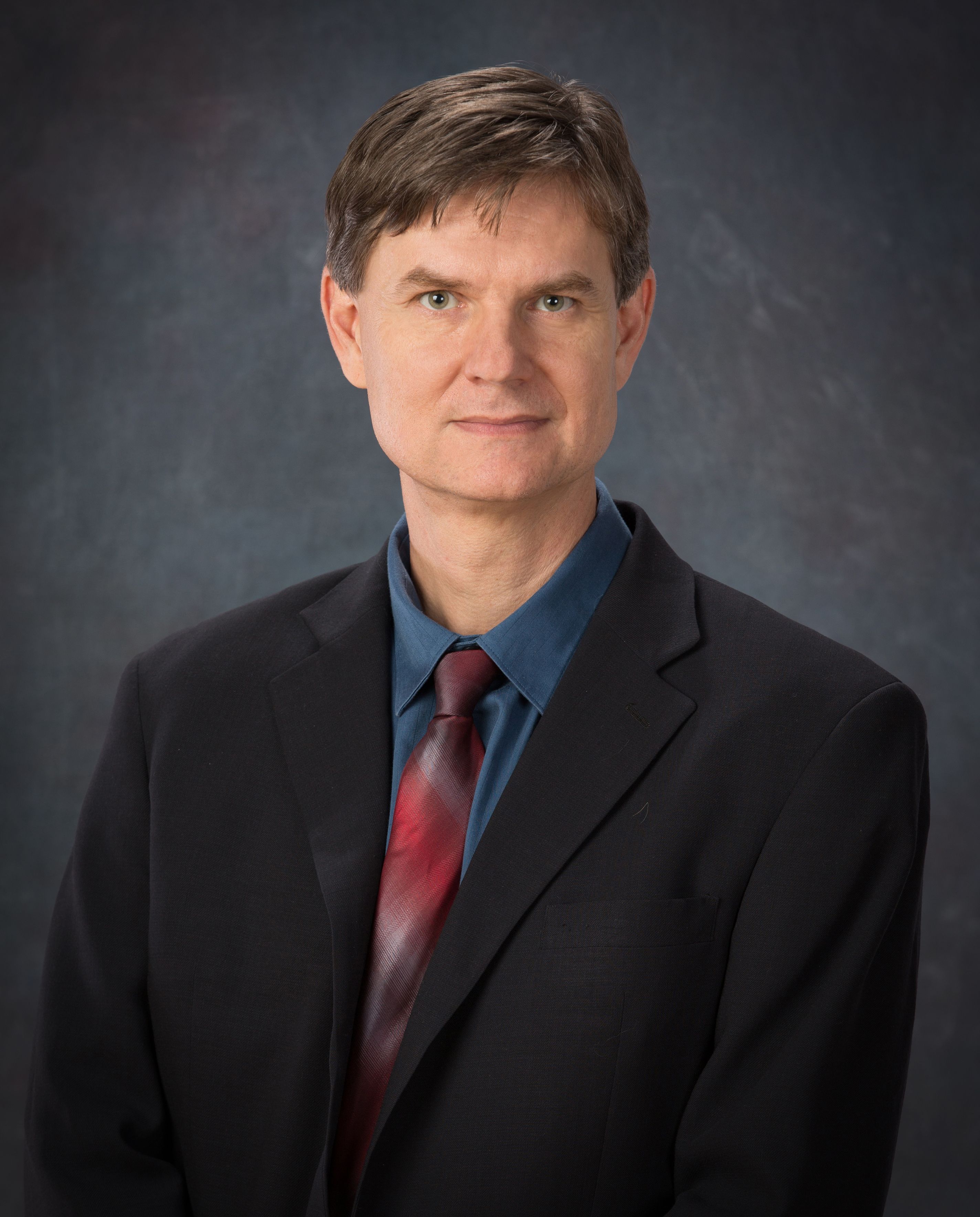
Martin Gilar was awarded the medal in recognition of his ability to drive cutting‑edge research in the field of separation science. The award committee further recognized his passion for supporting the next generation of scientists, noting that he can often be seen at conferences running tutorials, or, most recently, being actively involved in the organization of events, such as the recent HPLC 2018 Symposia held in Washington, D.C, USA. Gilar is a scientific fellow of the separations R&D group within Waters Corporation, where he has worked for the past 23 years. Over this time, he has published hundreds of papers in a wide variety of separation science fields, which has led to him being attributed to 30 patents. The industrial environment in which he operates gives his research a very practical edge.
“It is an honour to receive the Jubilee Medal from the Chromatographic Society and become part of the community of distinguished researchers who have received this award. For me, chromatography has always been an exciting science and I get as much fun out of solving separation problems as I do in solving brain teasers, riddles, and other logic puzzles,” said Gilar.
LCGC would like to congratulate Luigi, Sebastiaan, and Martin on receiving these awards.
For the full list of previous Martin and Jubilee Award Winners go to https://chromsoc.com/category/award-winners/
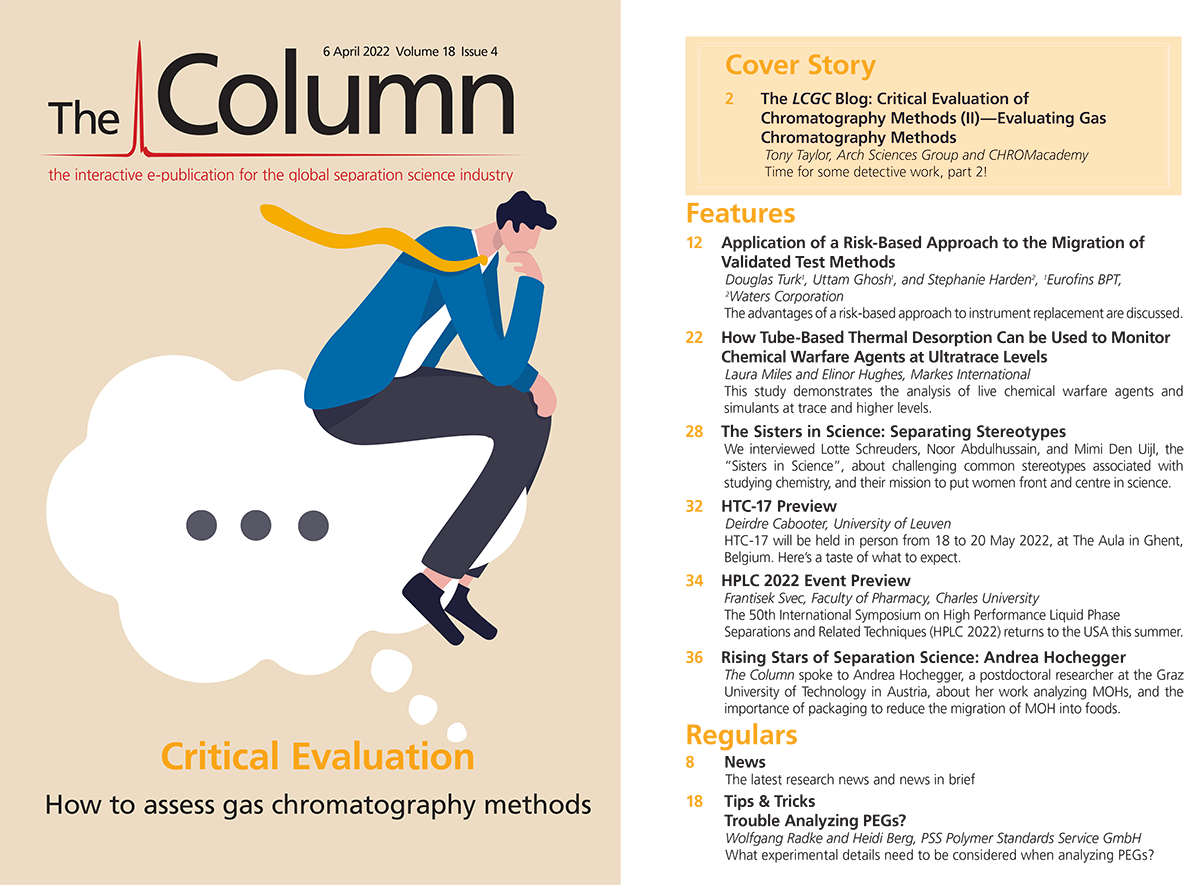
Measuring Vitamin K1 Concentrations in Dogs with Chronic Enteropathy Using LC–MS/MS
May 14th 2025A joint study between the University of Tennessee (Knoxville, Tennessee) and the University of Pennsylvania School of Veterinary Medicine (Philadelphia, Pennsylvania) compared directly measured vitamin K1 (vitK1) concentrations in healthy dogs and dogs with chronic enteropathy (CE) using liquid chromatography tandem mass spectrometry (LC–MS/MS); they also investigated whether supplementation of vitK1 in dogs with CE would significantly increase vitK1 concentrations.
HPLC 2025 Preview: Fundamentally Speaking (Part 2)
May 14th 2025Michael Lämmerhofer from the Institute of Pharmaceutical Sciences, University of Tübingen, Germany, spoke to JFK Huber Lecture Award winner of 2024 Torgny Fornstedt, professor in analytical chemistry and leader of the Fundamental Separation Science Group, Karlstad University, Sweden, about his pioneering work in high performance liquid chromatography (HPLC) with a focus on fundamentals, ion-pair chromatography, and oligonucleotide applications.

.png&w=3840&q=75)

.png&w=3840&q=75)



.png&w=3840&q=75)



.png&w=3840&q=75)






